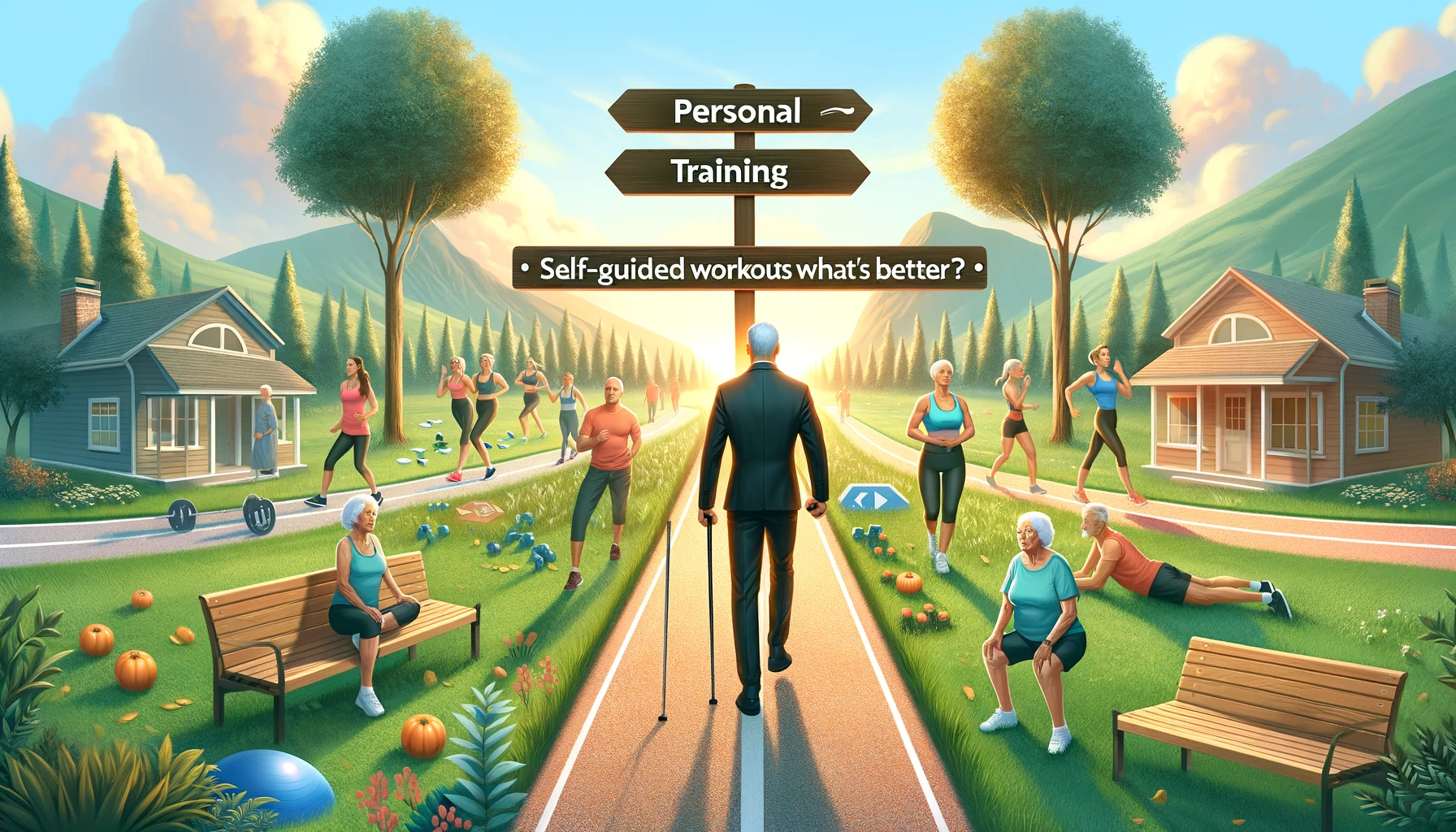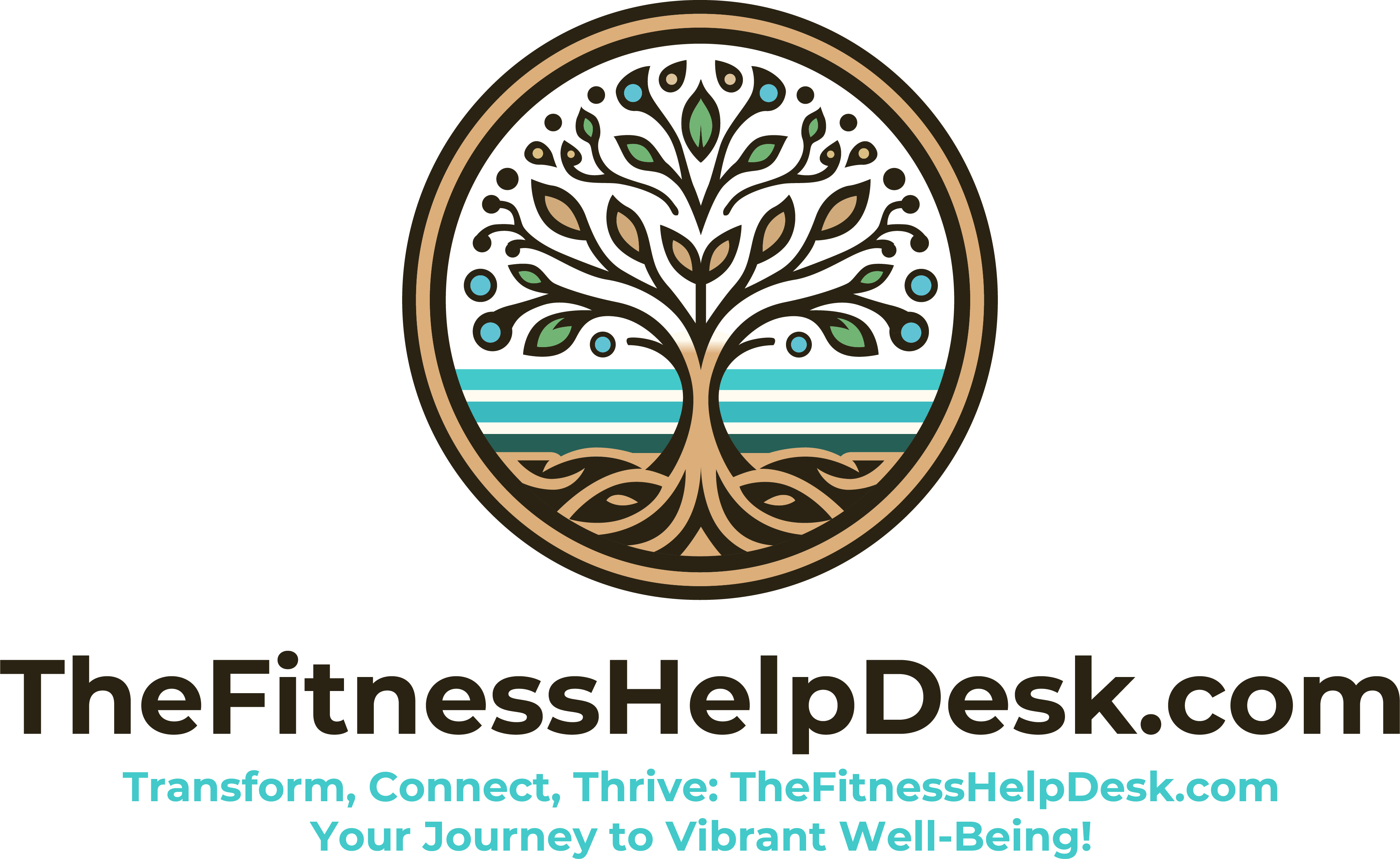Comprehensive Guide to Balance Training for Seniors
As we age, maintaining balance becomes a key component of our overall health and independence. For seniors, especially those over 60, balance training is not just beneficial—it’s essential. By incorporating specific exercises into daily routines, seniors can significantly reduce their risk of falls, enhance mobility, and improve their quality of life. This comprehensive guide aims to provide seniors with the knowledge and tools needed to embark on a journey to better balance. The Importance of Balance as We Age Balance is the cornerstone of functional independence. It allows us to perform daily activities safely and efficiently. However, as we age, changes in our vision, inner ear balance, strength, and coordination can negatively affect our balance. This makes us more susceptible to falls, which are a leading cause of injury among seniors. Engaging in balance training can help counteract these age-related changes, improving stability and reducing the risk of falls. Detailed Exercise Instructions for Enhanced Stability Beginner Balance Exercises Intermediate Balance Exercises Advanced Balance Exercises Understanding Common Balance Challenges Several factors contribute to balance issues in seniors, including medications, chronic conditions, and sensory decline. Recognizing these challenges is the first step in addressing them effectively. Tips for Safe and Effective Balance Training The Role of Diet and Hydration Nutrition plays a significant role in maintaining balance. A diet rich in calcium and vitamin D supports bone health, while staying hydrated helps prevent dizziness and dehydration—common causes of balance issues. Mental Health and Social Activities Balance training is not just a physical endeavor; it’s also mental. Engaging in social activities, puzzles, and games can improve cognitive function, which is closely tied to physical balance. Additionally, addressing anxiety and depression can enhance focus and motivation, further supporting balance training efforts. Integrating Balance Training into Daily Life Conclusion Investing time in balance training can significantly enhance your quality of life as a senior. By improving your stability, you’ll gain confidence in your ability to perform daily activities, reduce your risk of falls, and maintain your independence. Take the Next Step with TheFitnessHelpDesk.com At TheFitnessHelpDesk.com, we’re committed to supporting seniors in their journey to improved fitness and well-being. Our expert, certified trainers specialize in designing personalized fitness programs that cater to the unique needs of seniors. Book an appointment with us today to begin your path to better balance and a more active, independent life.




